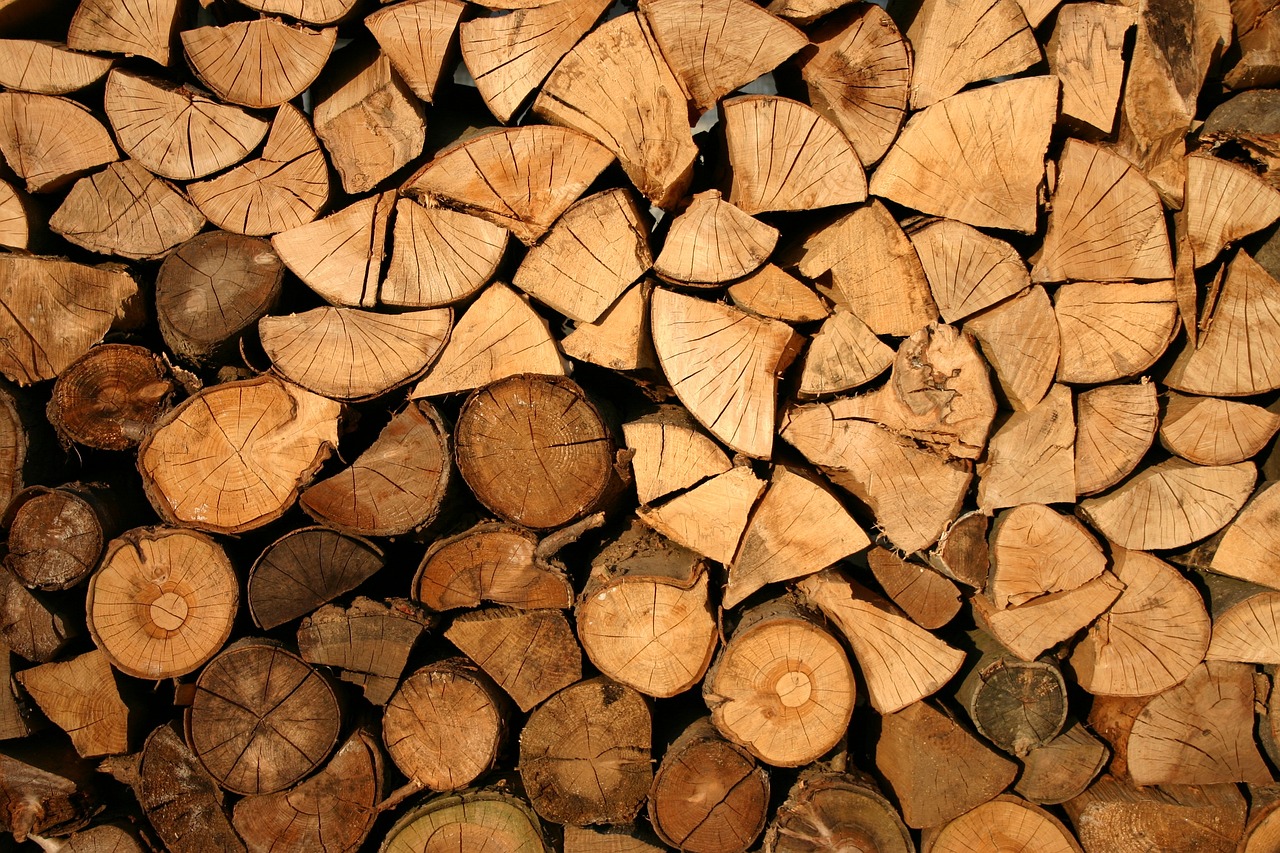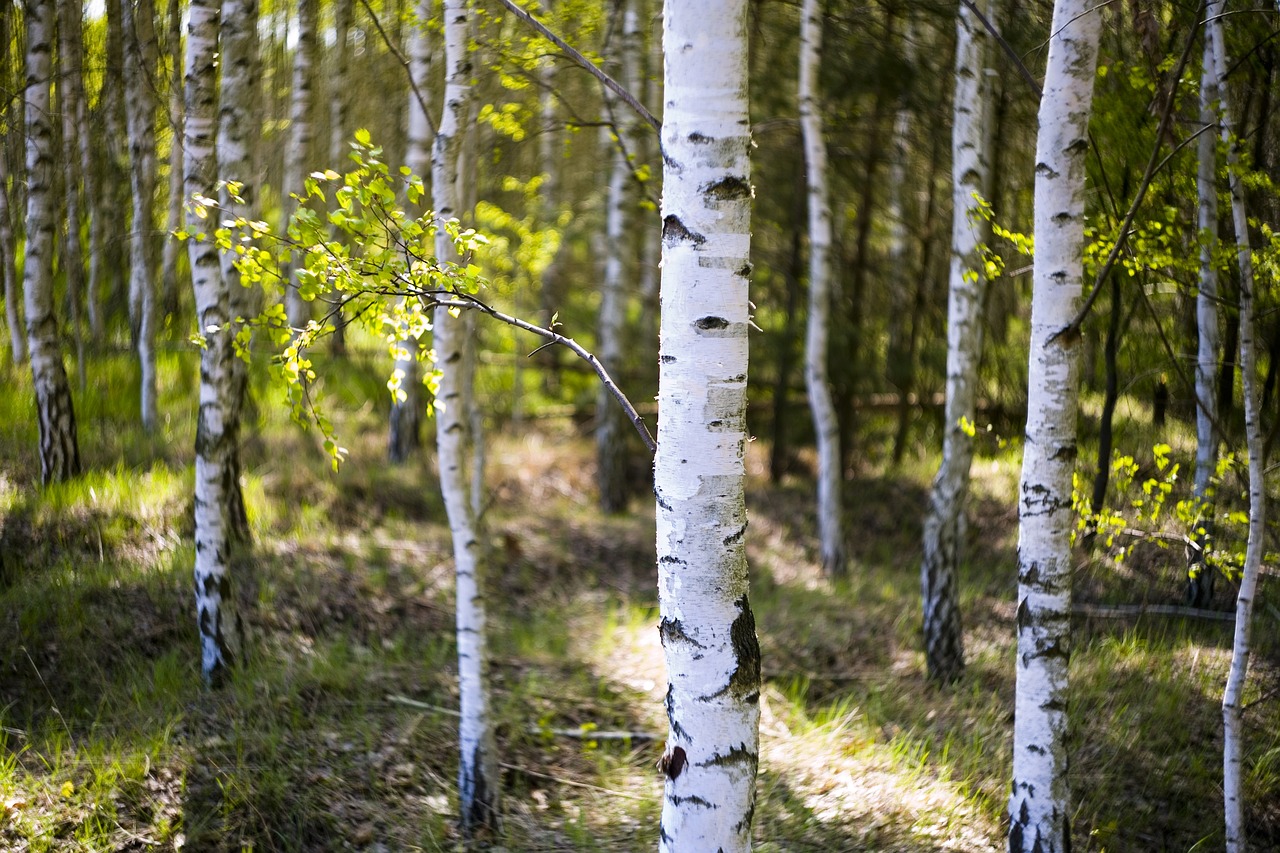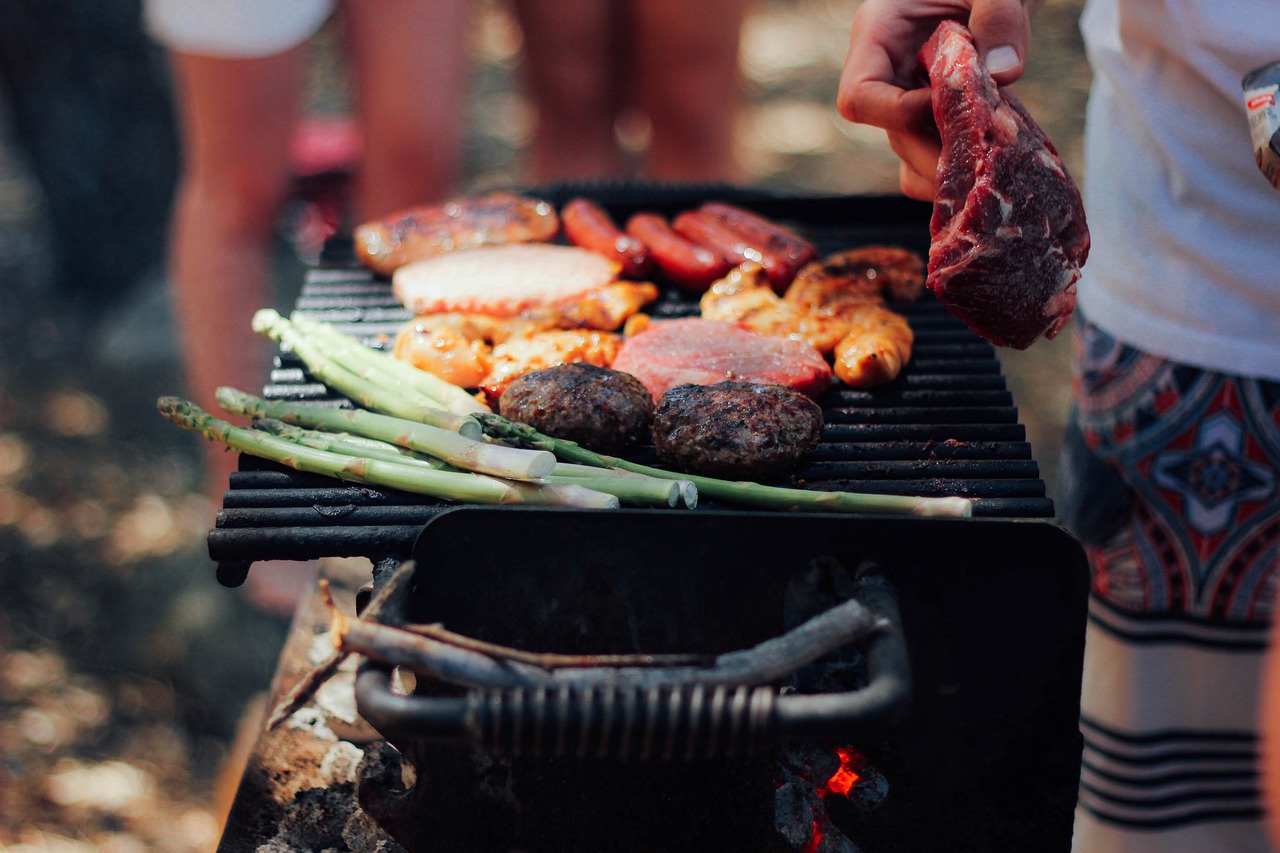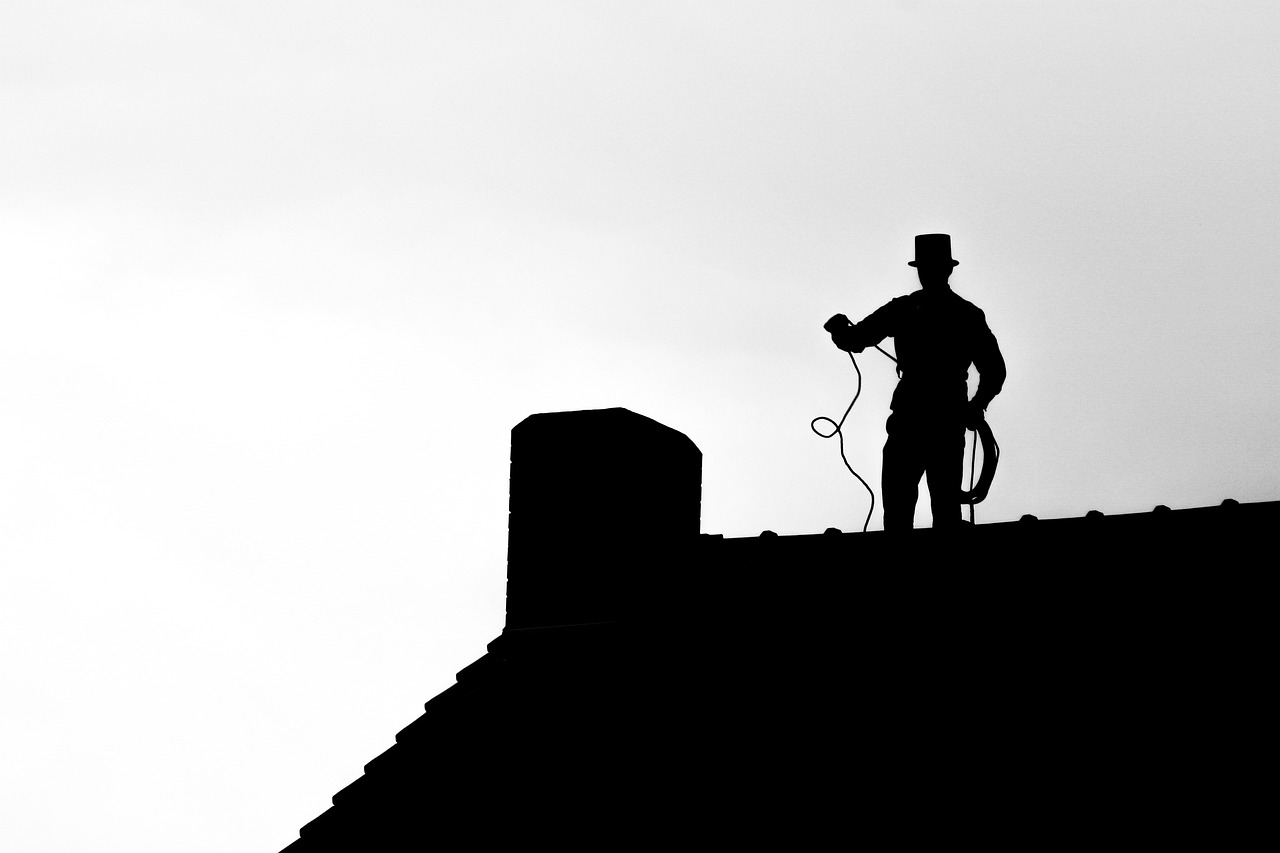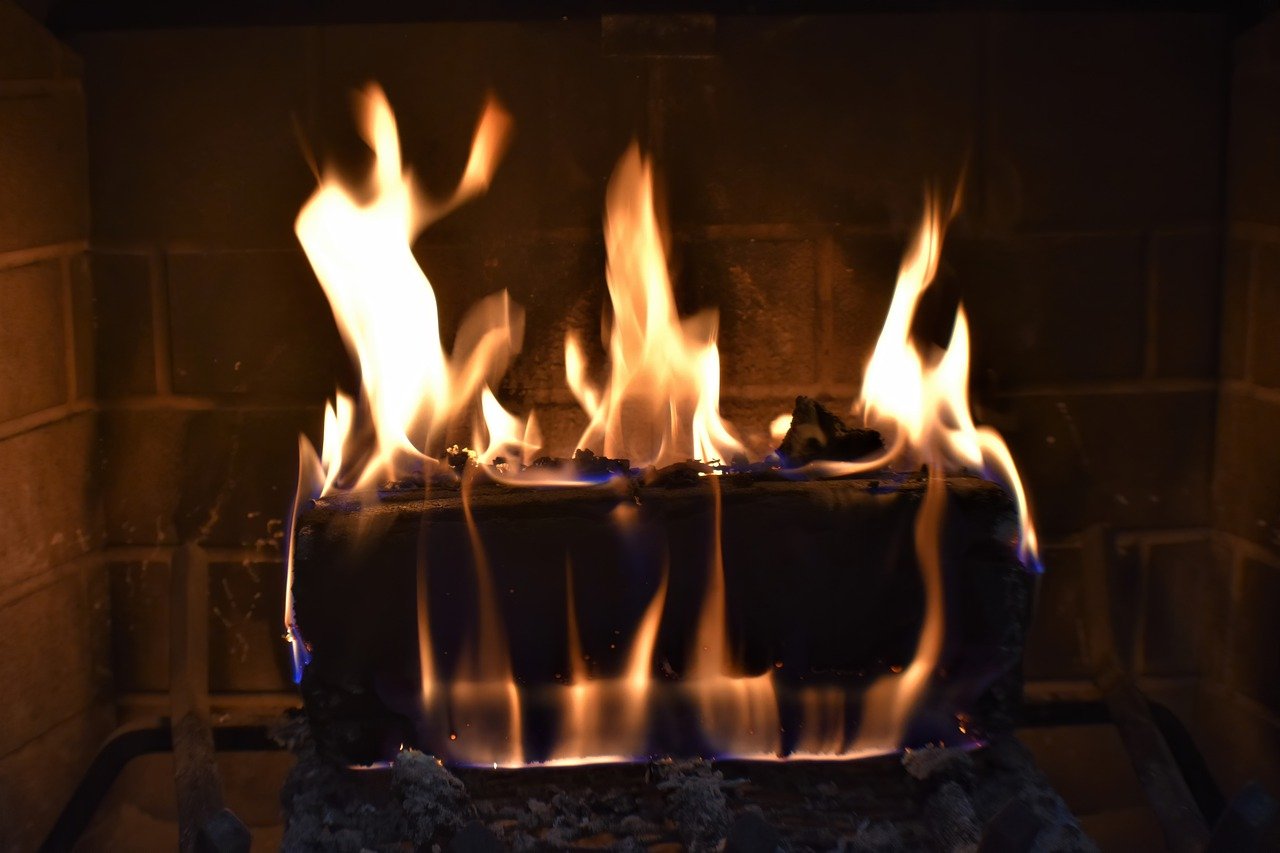When wood is first cut, it is known as green timber. This does not relate to the colour of the wood, but rather than moisture content, that is higher than sixty percent. As you can imagine, or maybe you have experienced it, burning wet wood is not fun. It takes a long time to burn, it uses all its energy to reduce the moisture, resulting in a lot of ash and smoke.
Wood naturally holds onto water and some timbers can hold as much as two hundred percent moisture. This moisture is essential to the tree while it is alive, ensuring it secures the nutrients it needs from the ground. When it comes to firewood, on the other hand, the last thing you want is wet wood. Wood filled with moisture poses environmental and health problems, which is why there is such a high demand for kiln dried logs.
Is it Bad to Burn Wet Wood?
When you burn wet wood, you will notice a heavy black smoke that is filled with coal tar, also known as creosote. This residue can build up in your chimney and flue, increasing the risk of fire. Wood high in moisture is not efficient, meaning you will need a lot more wood to warm the home.
As the wood burns, the soot particles make their way into the atmosphere, where they contribute to global warming. As a result, firewood must be dried to a moisture level of less than twenty percent. The fastest and most convenient way to achieve this is through kiln drying.
What Are Kiln Dried Logs?
Kiln dried logs have been heated in a specifically designed kiln that is made to heat the timber without burning the fibres. As the timber heats in the kiln, the moisture level is reduced, drying out the wood from the inside, leaving it with a moisture content of less than twenty percent.
Kiln dried logs offer numerous excellent benefits you will not achieve with seasoned wood. Benefits include:
- Improved burn efficiency
- Reduced emissions and smoke, making it ideal for smokeless zones
- Reduce the risk of creosote building up in your chimney and flue
- Enhanced heat output
- Reduce the risk of chimney fires
- Easy to light
- Environmentally friendly
How to Kiln Dry Logs
Kiln drying logs is a process that involves numerous important steps, starting with the harvesting of the wood and finishing with delivery to your door. The steps involve:
- Harvesting – The trees are cut down and delimbed, prepared for the drying process, based on species and size.
- Grouping – Once the wood arrives at the sawmill, It is sorted into logs of equal sizes with similar moisture levels
- Pre-Dried – All the logs are air dried while waiting to be loaded into the kiln to naturally start reducing the moisture content
- Kiln is Loaded – The pre-dried logs are stacked into the kiln. The chamber circulates air, while controlling humidity and temperature
- Drying – The kiln heats the air inside the kiln to around seventy five degrees Fahrenheit. The process slowly removes the moisture from the logs, taking approximately eight weeks
- Cooling – Once the drying process is completed, the logs are cooled
Conclusion
The kiln drying process for logs is very detailed and a step by step process is followed, ensuring you receive high quality logs with a moisture content of less than twenty percent. This ensures the best heat output and efficiency. You will also find you use less logs to heat your home with each log offering approximately three hours of burn time.

